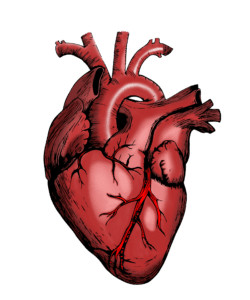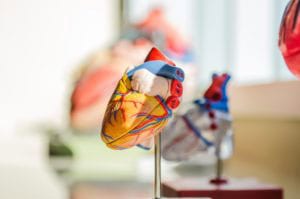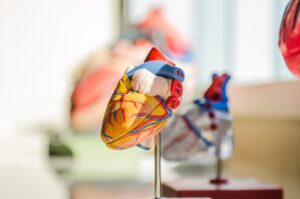Hypoplastic Left Heart Syndrome (HLHS)
What is Hypoplastic Left Heart Syndrome (HLHS)?
Hypoplastic left heart syndrome (HLHS) is a birth defect that affects normal blood flow through the heart. As the baby develops during pregnancy, the left side of the heart does not form correctly. Hypoplastic left heart syndrome is one type of congenital heart defect. Congenital means present at birth. Because a baby with this defect needs surgery or other procedures soon after birth, HLHS is considered a critical congenital heart defect (CCHD).
What are the symptoms of Hypoplastic Left Heart Syndrome (HLHS)?
Babies born with hypoplastic left heart syndrome usually are seriously ill soon after birth. Hypoplastic left heart syndrome symptoms include:
- Grayish-blue skin color (cyanosis)
- Rapid, difficult breathing
- Poor feeding
- Cold hands and feet
- Being unusually drowsy or inactive
In a baby with hypoplastic left heart syndrome, if the natural connections between the heart’s left and right sides are allowed to close, he or she may go into shock and may die.
What causes Hypoplastic Left Heart Syndrome (HLHS)?
HLHS occurs during fetal growth when the baby’s heart is developing. The cause is unknown. However, if your family has one child with hypoplastic left heart syndrome, the risk of having another with a similar condition is increased.
How is Hypoplastic Left Heart Syndrome (HLHS) diagnosed?
It’s possible for a baby to be diagnosed while it’s still in the womb. Doctors may be able to identify the condition on a routine ultrasound exam during the second trimester of pregnancy.
After birth, the doctor may suspect a heart defect, if the baby has grayish-blue skin or has trouble breathing. The doctor may also suspect HLHS if he or she hears a heart murmur — an abnormal whooshing sound caused by turbulent blood flow.
What are the treatments for Hypoplastic Left Heart Syndrome (HLHS)?
HLHS is treated through several surgical procedures or a heart transplant. Your doctor will discuss with you the treatment options for your child. If the diagnosis has been made before the baby is born, doctors usually recommend delivery at a hospital with a cardiac surgery center.
Where can I find out more about Hypoplastic Left Heart Syndrome (HLHS)?
Hypoplastic Left Heart Syndrome (HLHS) Articles


Andrew’s Story: A Heart Transplant to Treat Hypoplastic Left Heart Syndrome




Pakistani Family Granted Indian Medical Visas That Saved Their Baby




